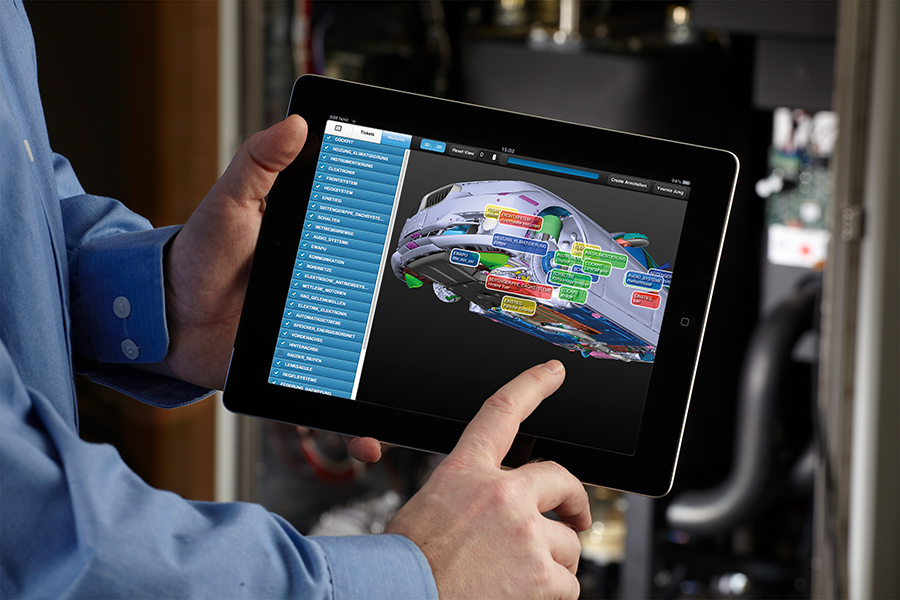In the Internet of the future, services will be even simpler to provide and use than today. The big advantage of Internet- based services lies in their enormous efficiency: companies will be placed in the position of outsourcing their expensive IT activity through appropriate offers, enabling costs for backup, system maintenance, and redundancy to be reduced. One immediate sign of the digital transformation is that conventional processes and flows can be digitally emulated. It will be exciting as incremental values and services take shape that did not previously exist. Business models can be tailored to individual requirements on emerging service platforms. These include out-sourced cloud storage and software-as-a-service, as well as online marketplaces, data analysis and evaluation tools, and brokerage platforms. The new digital services can more intuitively and better comprehend user needs, such as through semantic technologies for example. A prerequisite for a functioning network is that all the services use common technical standards for data access in order to link various processes with one another and be able to take into account security as well as data protection aspects.
Digital services
Automatically recognize instead of searching
Automatically recognize instead of searching is the vision for gleaning information from large data inventories. Semantic technologies can be employed here that also acquire information from video, pictures, and audio les through the use of content descriptors. Moreover, software tools can differentiate between important and irrelevant information as well as recognize connections and context. Enormous savings arise from metadata no longer needing to be manually allocated or annotated.
Innovative business models are increasingly the focus of service providers in the Internet because models de ne the quality and utility of services offered. Offers for services often work differently on the Internet than in off-line business. The detailed description of the customer benefit as well as the information streams and financial inputs for generating this benefit are emphasized particularly by service providers on the web. With flexible and adaptable business models, all client groups can develop their own web services that are best-suited down to the last detail, implement them, and adjust them any time as needed.
Everything-as-a-service means the idea of not only outsourcing data storage and applications as digital services from central platforms, but even outsourcing entire development frameworks and infrastructure. Services can be configured from start to finish down to the smallest detail without the company having to buy in and maintain the whole infrastructure under their own roof.
Project webVis
Example project from Fraunhofer IGD, Darmstadt
Fraunhofer offers a comprehensive solution for visual display tasks with its webVis and instant3Dhub. Web-based display of 3D data will drive the current selection of tools to be supplemented with web-based, cost-effective, and efficient components. The instant3Dhub platform offers a unique infrastructure that implements the visualization-as-service design effectively and efficiently, thereby accommodating the varied requirements of the display environment. Exemplary features include security aspects, available bandwidth, and new technical capabilities of the user’s display device.
Scientific publications
| Jahr Year | Titel/Autor:in Title/Author | Publikationstyp Publication Type |
|---|


